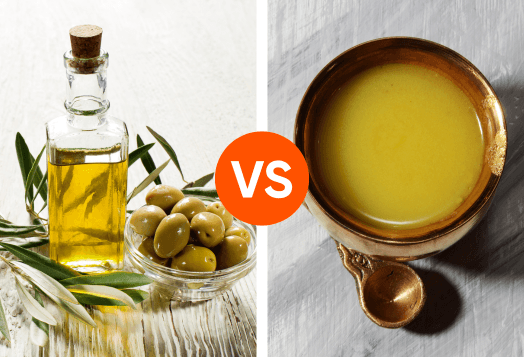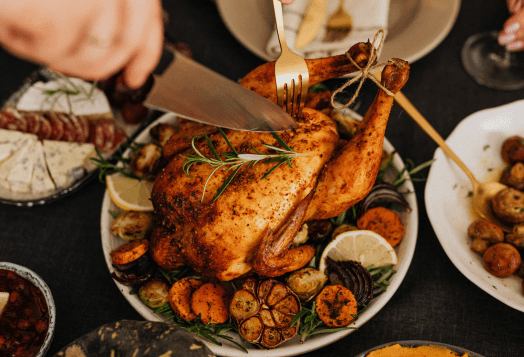Are you battling persistent fatigue, unexplained weakness, or shortness of breath? These could be serious signs of iron deficiency, a common global health issue.
While supplements are an option, many seek natural ways to boost iron. Luckily, iron-rich dry fruits offer a delicious solution. This blog explores high-iron-content dry fruits and smart strategies.
Remember, iron deficiency requires professional diagnosis and guidance. This guide supports, not replaces, expert medical advice. Your health is paramount.
Dry Fruits for Iron Deficiency That Taste as Good as They Work
Dry fruits for iron deficiency are a fantastic choice because the drying process concentrates their nutrients, including iron.
Here are some of the leading contenders to boost your iron levels:
1. Raisins (Kishmish): These sweet, chewy gems are deceptively tiny but incredibly mighty iron-containing dry fruits. Often overlooked, raisins are not just for baking; they are miniature powerhouses packed with non-heme iron.
A 100g serving of raisins can provide approximately 1.9 mg of iron.
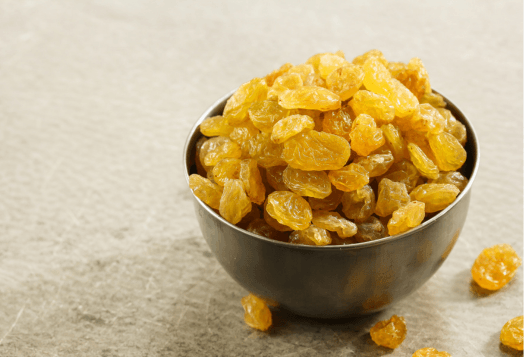
A small handful (around 2 tablespoons or 30g) added to your morning oatmeal, sprinkled on yoghurt, or simply enjoyed as a quick snack can make a tangible difference in your daily iron intake.
2. Dried Apricots (Sukhi Khubani): Vibrant in colour and delightfully tangy in taste, dried apricots are not just a delicious treat but also a remarkably significant source of iron.
Per 100g, dried apricots can contain approximately 6.3 mg of iron.
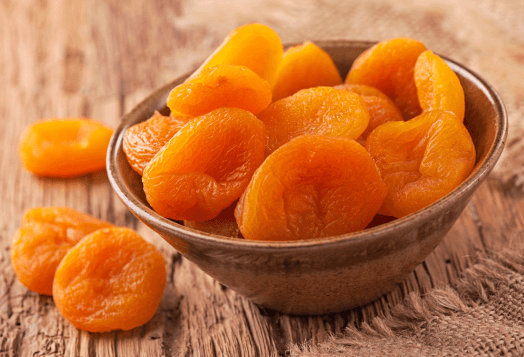
Enjoy them as a standalone snack, chopped and incorporated into savoury rice pilafs, or added to fruit and nut mixes.
3. Figs (Anjeer): Naturally sweet, with a unique texture and rich in essential minerals, figs are another excellent and often underappreciated choice among iron-rich dry fruits.
A 100g serving of dried figs typically offers around 2.03 mg of iron.
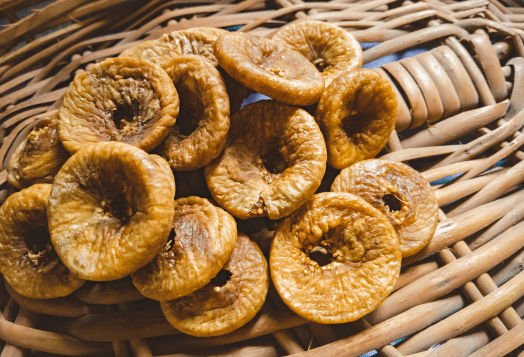
Slice them into your breakfast cereal, blend them into smoothies for natural sweetness, or enjoy them with a dollop of nut butter for a satisfying snack.
4. Dates (Khajoor): These naturally caramel-like, energy-dense fruits are famous for their immediate energy-boosting properties, and crucially, they're also a good source of iron.
The iron content in dates can range from 0.3 mg to 10.4 mg per 100g, depending on the variety.
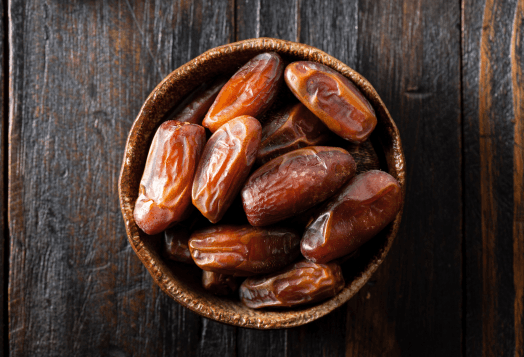
Dates are incredibly versatile; they are perfect for natural sweeteners in desserts, for making energy balls, or even for adding a unique sweetness to stews and curries.
5. Prunes (Dried Plums): Often lauded primarily for their impressive digestive benefits (thanks to their high fibre and sorbitol content), prunes also significantly contribute to your daily iron intake.
A 100g serving of prunes provides about 0.93 mg of iron.
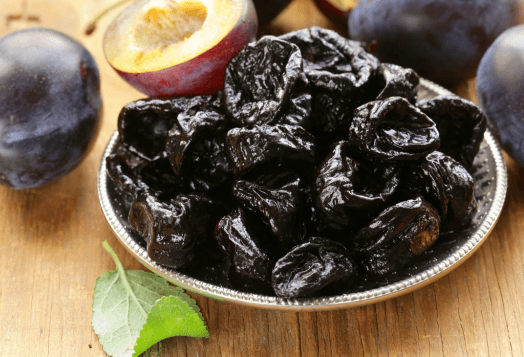
They provide a broad range of vitamins and minerals, so enjoy them whole, chop them into baked goods, or even stew them gently for a comforting breakfast topping.
6. Almonds & Pistachios (Nuts, but often grouped with dry fruits for convenience): While botanically classified as nuts, almonds and pistachios are worth highlighting due to their decent iron content, along with healthy monounsaturated fats, plant-based protein, and other essential minerals like magnesium and zinc.
Almonds contain approximately 3.8 mg of iron per 100g, while pistachios are particularly noteworthy, offering around 14 mg of iron per 100g.
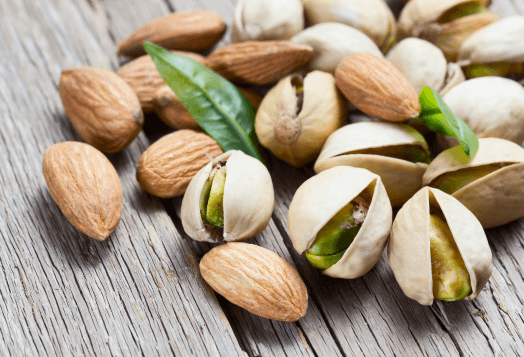
They make excellent additions to an iron-boosting trail mix alongside true dry fruits. Remember, moderation is key with nuts due to their calorie density.
Iron Absorption 101: What Your Nutritionist Wants You to Know
Simply consuming iron-containing dry fruits isn't enough; maximising their absorption, as emphasized in mindful eating practices, by your body is absolutely critical for effectively combating deficiency. This is particularly vital because plant-based (non-heme) iron, which is found in dry fruits, is inherently less readily absorbed by your body compared to animal-based (heme) iron. This is precisely where strategic food pairing becomes paramount – a fundamental concept that your nutritionist will undoubtedly emphasise as a cornerstone of your dietary plan
The absolute most crucial, non-negotiable tip for enhancing non-heme iron absorption? Pair your dry fruits with Vitamin C-rich foods. Vitamin C (ascorbic acid) acts as a powerful catalyst, converting non-heme iron into a more soluble and easily absorbed form in your digestive tract. This isn't just a suggestion; it's a scientifically proven, indispensable strategy for boosting dietary iron uptake. Think:
Squeezing fresh lemon or orange juice generously over your dry fruit mix.
Enjoying a handful of vitamin C-packed strawberries, a tangy kiwi, or a segment of orange alongside your dates or figs.
Adding vibrant bell peppers (red, yellow, or green are highest in Vitamin C) or chopped tomatoes to a savoury dish that includes dried apricots or prunes.
So next time you reach for your favourite iron-containing dry fruits, give them the Vitamin C boost they deserve.
Foods and Drinks to Limit Around Iron Intake
Be acutely mindful of consuming certain items alongside your dry fruits for iron deficiency, as they can significantly inhibit iron absorption. This is a point your nutritionist will strongly reiterate.
Tea and Coffee: Love your morning chai or evening coffee? Just time it right. Tea and coffee contain tannins (a type of polyphenol) that can reduce the absorption of non-heme iron from plant-based foods. It’s best to enjoy these drinks at least one hour before or after your iron-rich snacks or meals.
Calcium-Rich Foods: Calcium is great for bones, but not so great for iron absorption when eaten at the same time. Foods like milk, cheese, and yoghurt (or calcium supplements) can interfere with how much iron your body takes in. Try to leave a gap of 1–2 hours between eating calcium-rich foods and iron-containing dry fruits.
Phytates: Phytates are natural compounds found in whole grains (like oats and wheat bran) and legumes (like lentils and beans). They can reduce iron absorption, too. But there’s a fix: soaking, sprouting, fermenting, or cooking these foods well can break down phytates and help your body absorb more iron.
Out-of-the-Box Strategies for Iron Deficiency (Beyond Just Dry Fruits)
To truly make a difference in your iron levels, consider these approaches:
Method | How to Do It | Why It Helps |
“Iron-Infused” Water | Soak a few dates or black raisins overnight; drink the water in the morning. | Gentle, traditional tip some people use for a subtle, easy iron lift. |
Cast Iron Cookware | Prepare soups, curries or stir-fries in cast-iron pots or pans. | Small amounts of iron leach into food, giving a steady extra boost. |
Nettle Tea | Swap one daily beverage for a cup of nettle tea (from a trusted source). | Naturally contains plant iron and offers a calming herbal ritual. |
Mindful Eating | Slow down at meals; chew food thoroughly. | Better digestion = better nutrient (including iron) absorption. |
Sunlight for Vitamin D | Get short, regular exposure to morning or late-afternoon sun to address vitamin D deficiency. | Adequate vitamin D supports overall energy, often mistaken for low iron. |
Address Underlying Issues | Consult a doctor if levels stay low despite diet tweaks. | Rules out heavy periods, gut disorders or other medical causes of deficiency. |
These simple yet powerful habits go beyond diet to support your body’s ability to absorb and maintain healthy iron levels. Small changes can lead to lasting results, especially when paired with the right guidance.
Build Your Plate, But Bring in the Pros Too
Natural fixes like iron-rich dry fruits are a great start, but they’re just one piece of the puzzle. Your iron needs aren’t one-size-fits-all. They depend on factors like your age, lifestyle, menstruation, pregnancy, or underlying health conditions.
That’s why it’s so important to loop in the experts. A registered dietitian or healthcare professional can help you understand what your body actually needs, confirm any deficiency through simple blood tests, and tailor a plan that works for you, incorporating workout nutrition strategies.
So go ahead and stack your plate with smart choices, but always pair it with expert advice.


